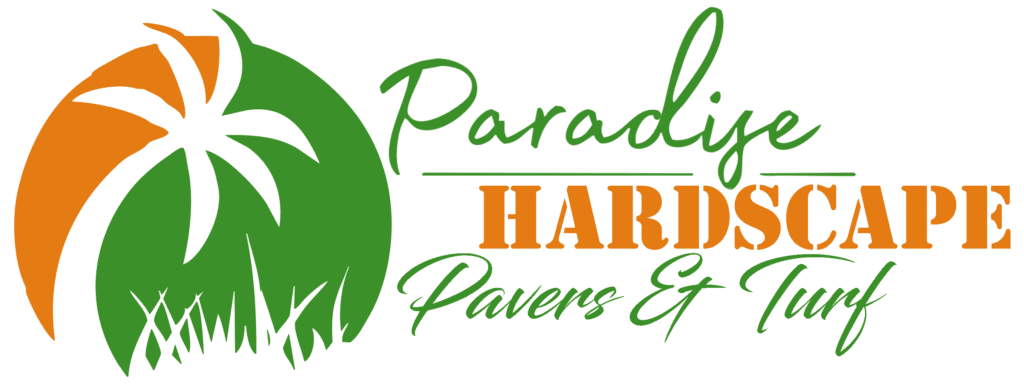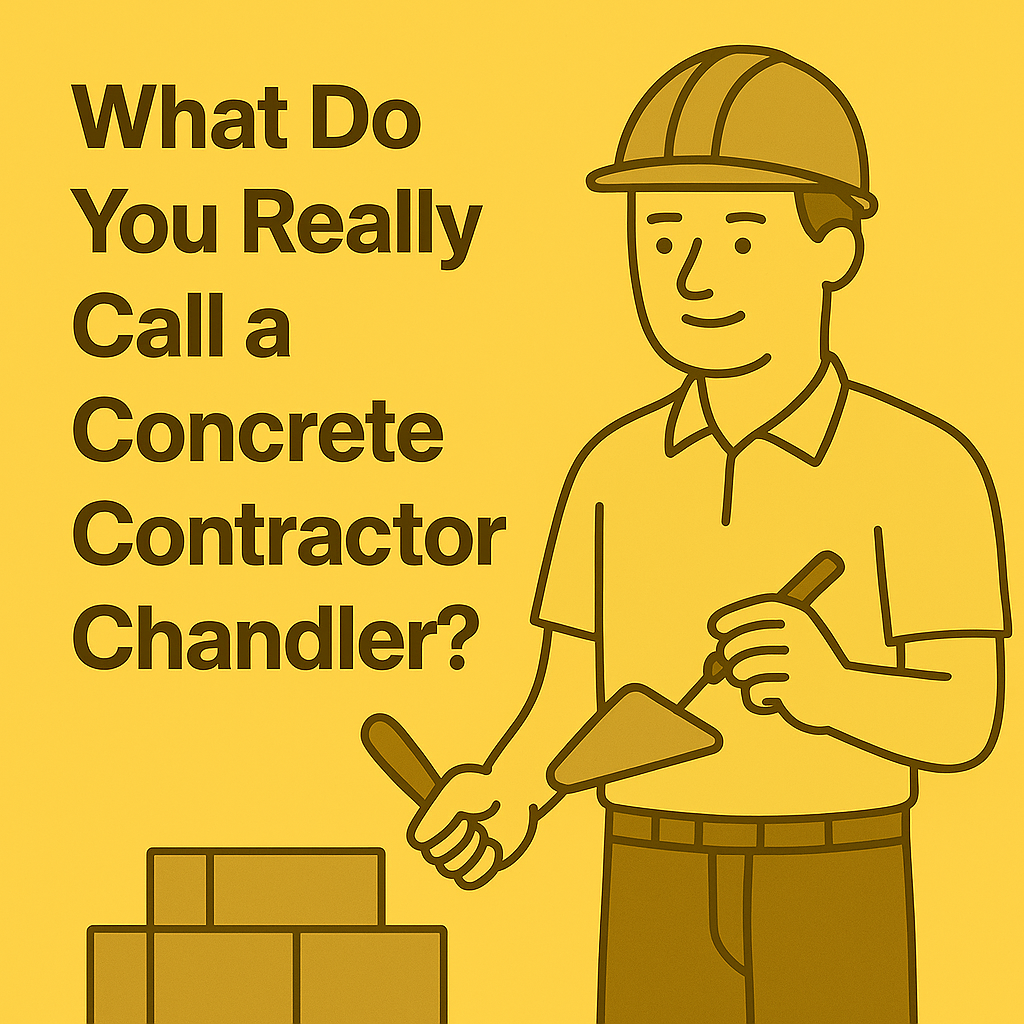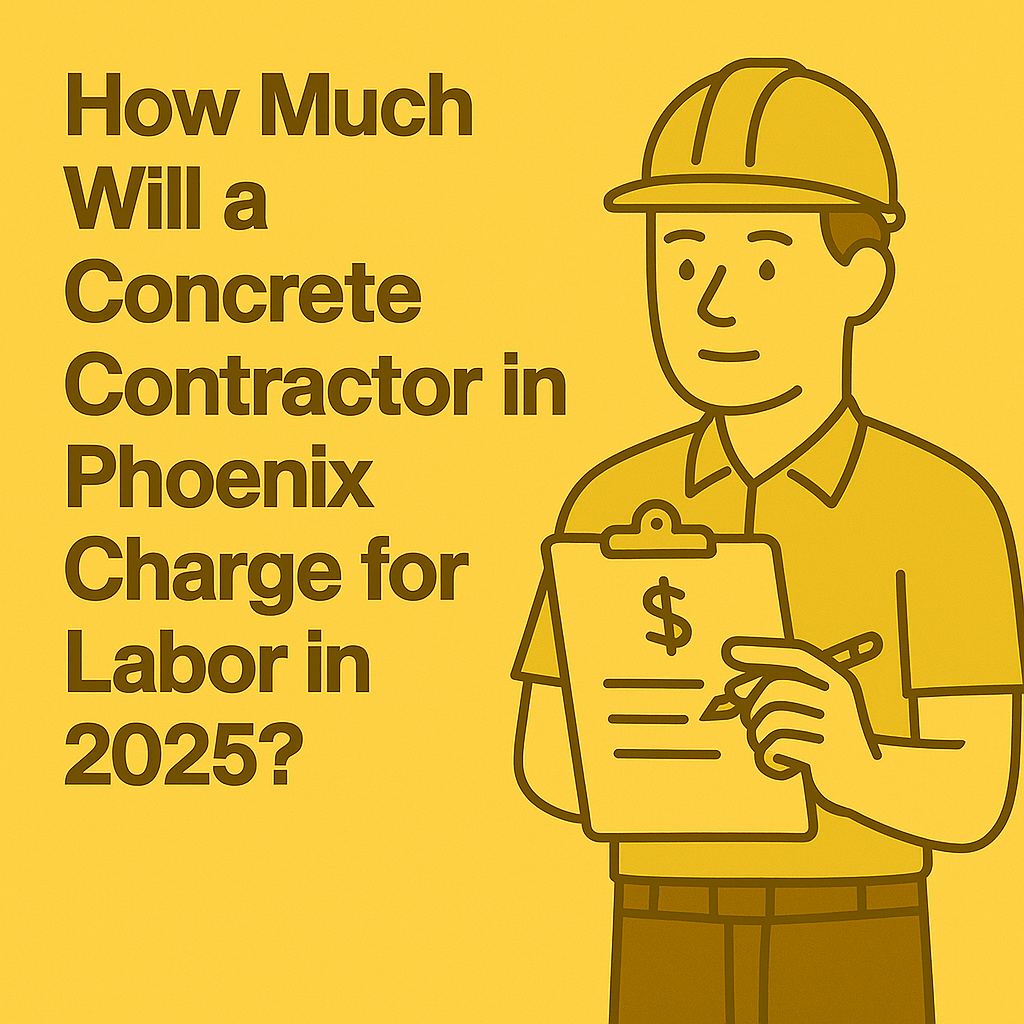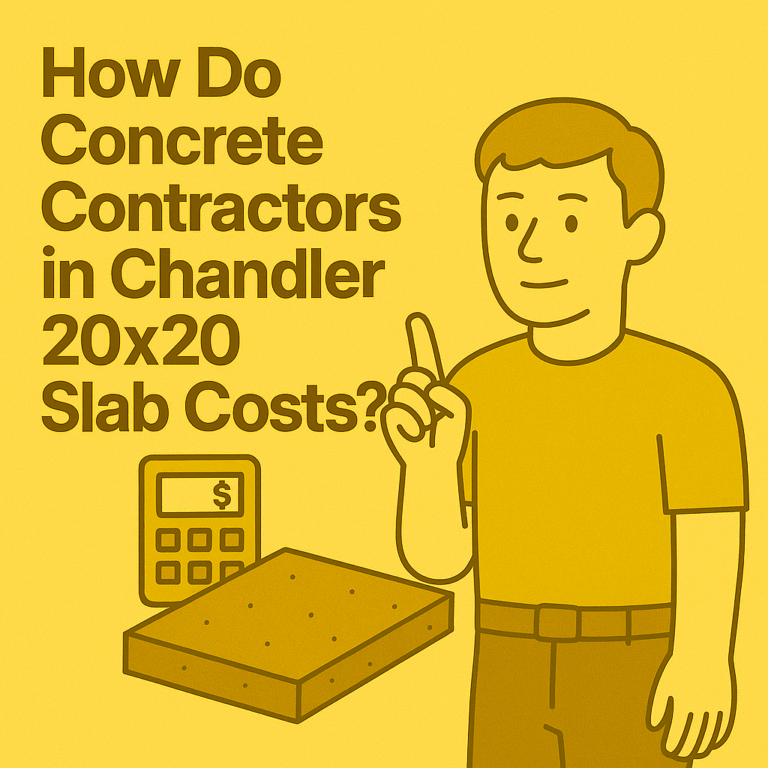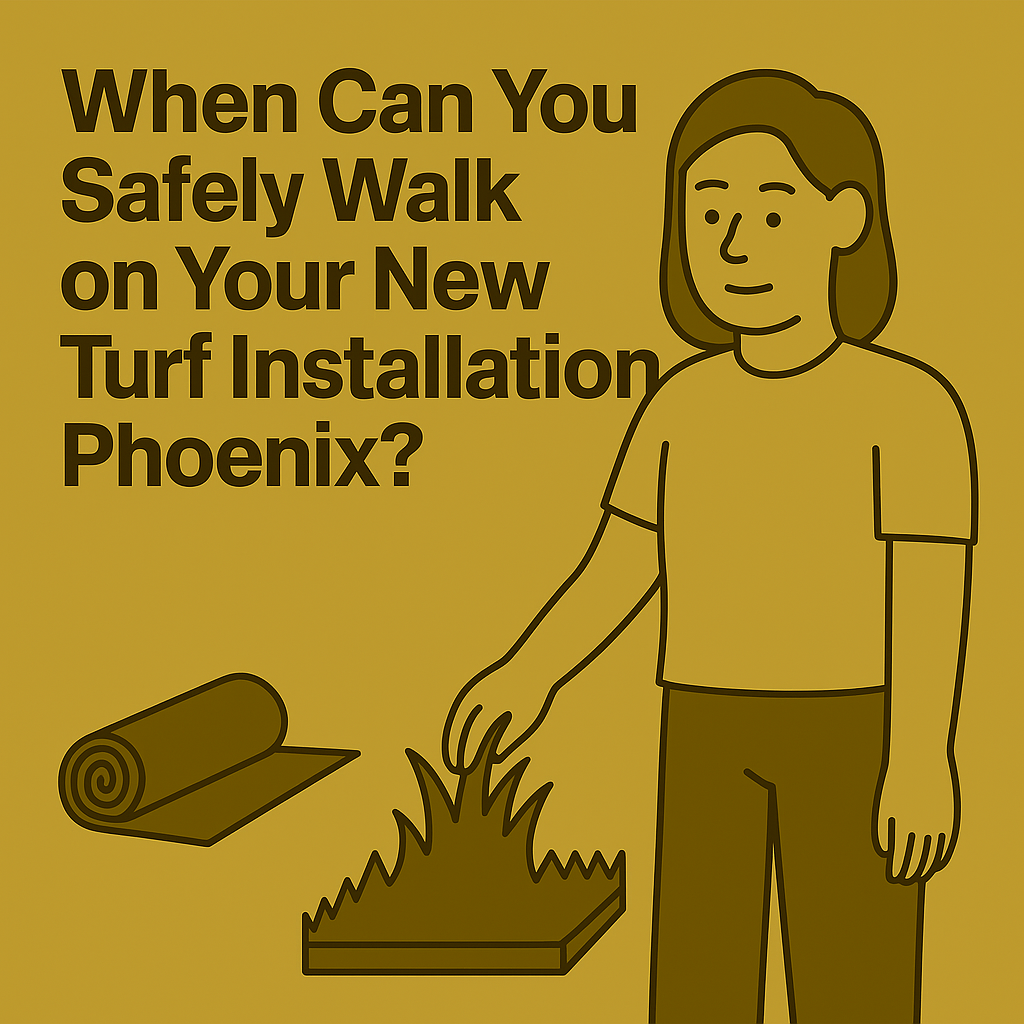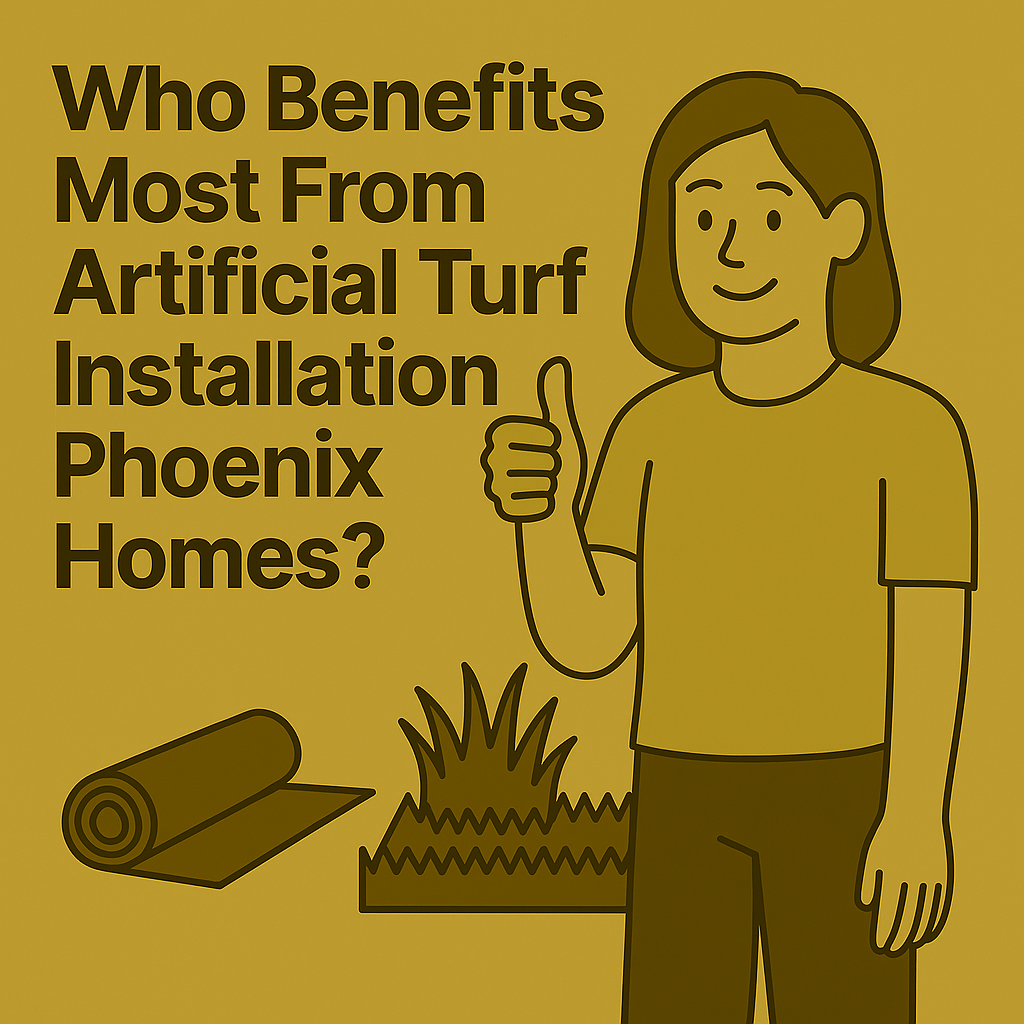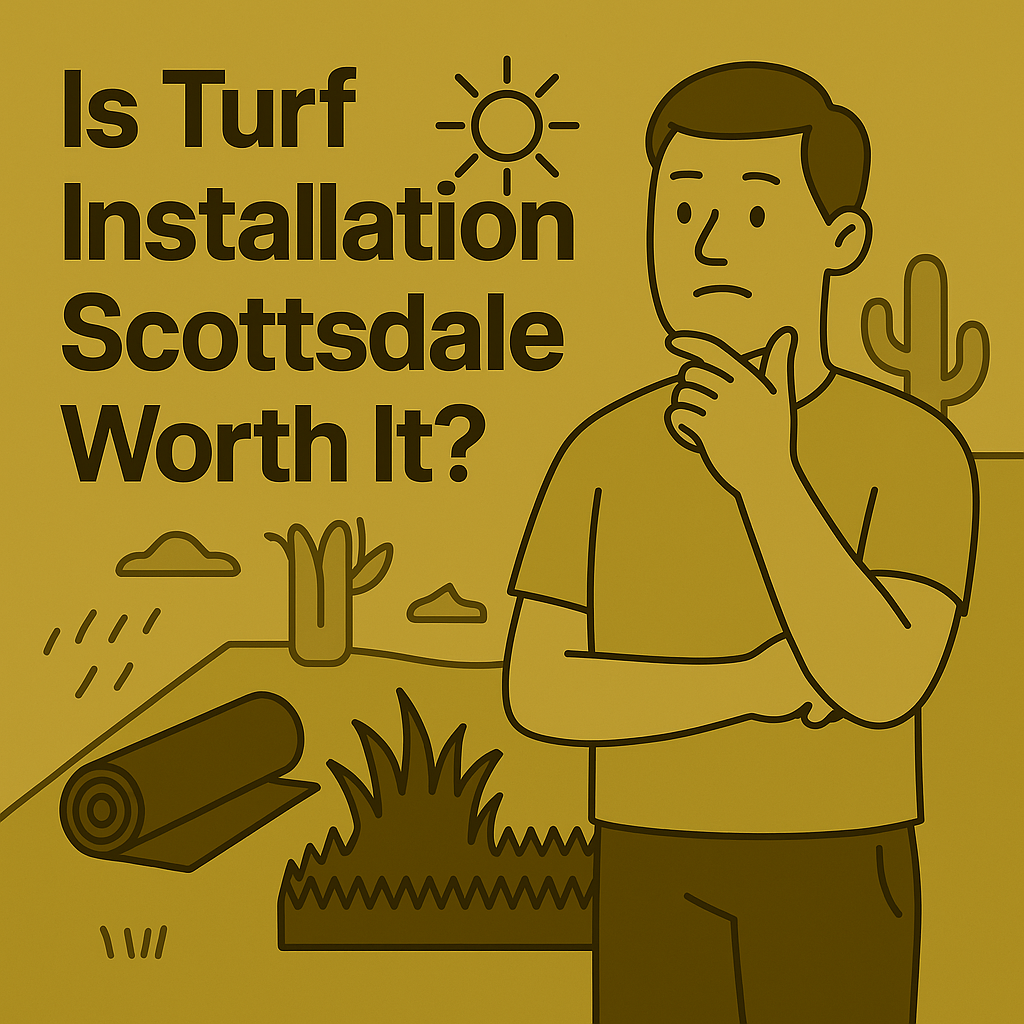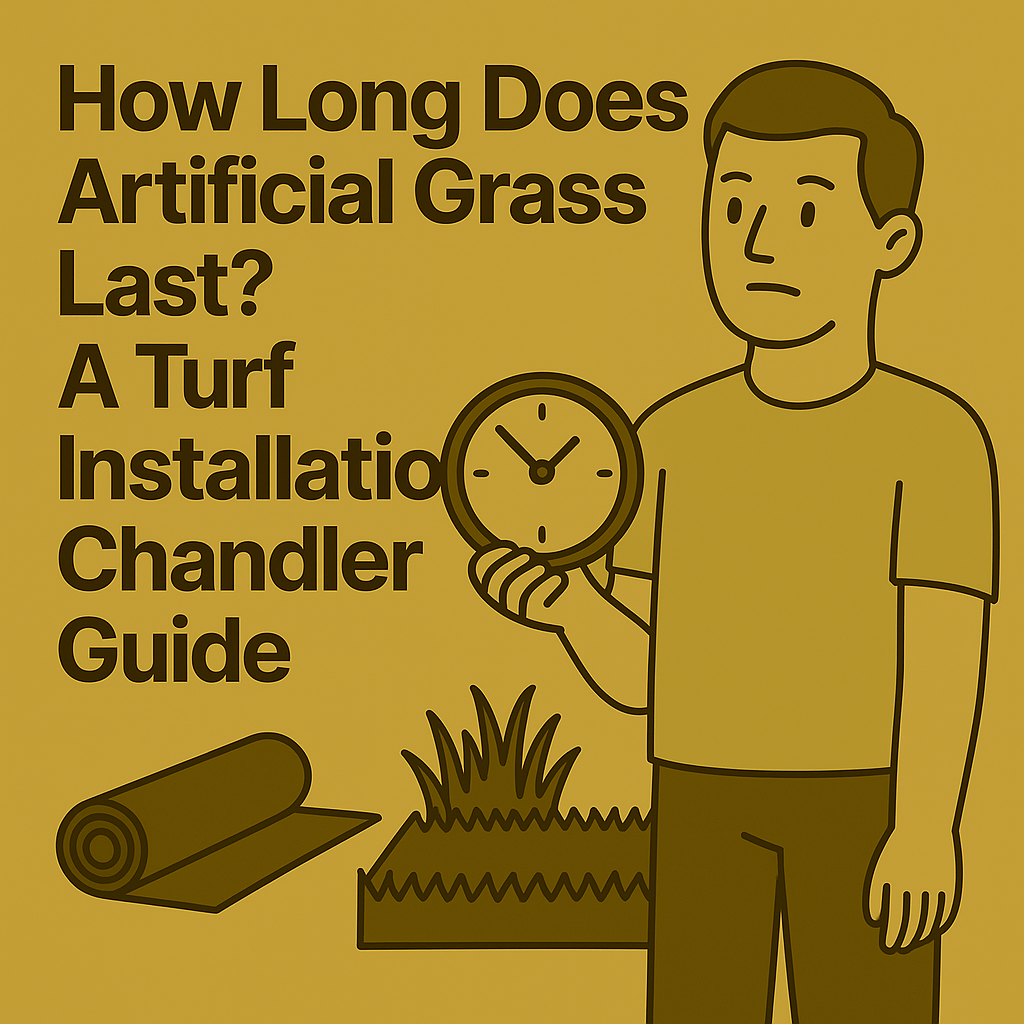Is It Okay to Skip the Prep? What to Know About Turf Installation Over Grass
It’s not advisable to skip ground preparation when installing turf over grass. Without removing existing grass, you risk uneven surfaces, weed growth, drainage issues, and pest infestations. A compacted base with Class II road base is vital for durability. Proper prep prevents sinking spots, boosts turf lifespan, and guarantees a smooth, attractive lawn. For a great-looking and long-lasting turf installation, consider the essential steps and common pitfalls to watch out for.
Importance of Proper Ground Preparation
When installing artificial turf over existing grass, don’t underestimate the importance of proper ground preparation. A well-prepared surface ensures that your turf installation looks great and lasts longer.
Start by removing the existing grass and roots, then focus on creating a compacted base. This step is essential to prevent weeds from growing and to deter pests like gophers and moles from causing trouble in your yard.
Proper drainage is another critical component; without it, water can pool, leading to damage over time. By taking the time to prepare the ground correctly, you’ll avoid sinking spots, bumps, and wrinkles—guaranteeing a smooth and stable surface for your synthetic turf.
Correct ground preparation is key to a successful turf installation and long-lasting satisfaction with your artificial lawn.
Risks of Installing Turf Over Existing Grass
Although it might seem convenient, installing turf over existing grass poses several significant risks.
You might face uneven surfaces because the natural grass will continue growing, creating bumps and sinking spots under the synthetic grass.
Weed growth becomes a major issue, as grass can sprout through seams and drainage holes of the artificial turf. This adds unwanted maintenance for homeowners.
Moisture retention can cause poor drainage, leading to mold or mildew beneath the turf. This not only shortens the lifespan of your turf installation but also invites pest infestations.
Gophers and moles find a welcoming habitat in the untouched natural grass, damaging the artificial grass products laid over it.
Skipping proper preparation compromises the durability and effectiveness of the installation, making thorough groundwork essential for long-lasting results.
Steps for Effective Turf Installation
To achieve a successful turf installation, start by thoroughly preparing the ground. Remove existing grass and dig out 2–3 inches of soil. This essential step guarantees a stable base, preventing uneven surfaces and drainage issues.
Next, lay a solid base using Class II road base or decomposed granite. Make certain it’s compacted properly to keep the turf from shifting.
Before installing the artificial turf, apply a heavy layer of weed killer to minimize the risk of weeds growing beneath the turf.
Finally, secure the perimeter by making sure the turf is taut and anchored firmly. These steps are critical for a durable, smooth, and aesthetically pleasing lawn that stands the test of time. A high-quality installation company can help guide you through this process.
Common Mistakes to Avoid
Overlooking the groundwork in turf installation is a common mistake that can spell trouble for your artificial lawn.
Skipping base preparation often leads to a host of problems that can be costly to fix. Here’s what you should avoid:
-
Ignoring existing grass: Failing to remove it causes poor adhesion and can lead to weed growth.
-
Neglecting drainage issues: Without proper drainage, water pooling can damage the turf.
-
Overlooking uneven surfaces: Not leveling the ground can result in dips and bumps, impacting aesthetics and safety.
-
Skipping compacting the base: Without this, the turf may shift or settle, leading to hazards.
-
Forgetting a solid base layer: This oversight decreases the turf’s durability and lifespan.
Avoid these pitfalls for a flawless turf installation.
Enhancing Durability and Longevity
Understanding the common mistakes in turf installation sets the stage for enhancing durability and longevity.
Skipping ground preparation can lead to uneven surfaces that compromise the durability of your artificial turf. Proper ground preparation involves laying a 2–4 inch layer of high-quality materials like Class II road base. This provides essential support and prevents your turf from sagging or shifting over time.
Additionally, it reduces the risk of weed growth, which can sneak through seams and weaken your turf. Without adequate preparation, you might face poor drainage issues, causing moisture retention that damages the turf and its backing.
According to the Synthetic Turf Council, high-quality turf can last up to 15 years—if installed correctly. Investing time in this initial step makes all the difference for both residential and commercial turf installation projects.
Tools and Materials Needed:
-
Turf cutter
-
Class II road base
-
Weed barrier
-
Landscape staples
-
Utility knives
Equipping yourself with these tools and materials sets the stage for a successful turf installation.
Expert Recommendations for Success
For a successful artificial turf installation, experts agree that thorough ground preparation is non-negotiable. Skipping this step can lead to uneven surfaces, drainage issues, and increased weed growth, compromising the turf’s longevity and aesthetics.
Removing existing grass and soil is vital to creating a solid foundation that prevents sinking spots and guarantees the turf stays secure over time. Experts recommend using a Class II road base to enhance stability and drainage, providing a well-compacted base for your project.
Installing artificial grass directly over existing grass can trap moisture, leading to mold and odors. Proper ground preparation is essential to avoid increased maintenance costs and premature wear, ensuring that your artificial turf installation is both durable and visually appealing.
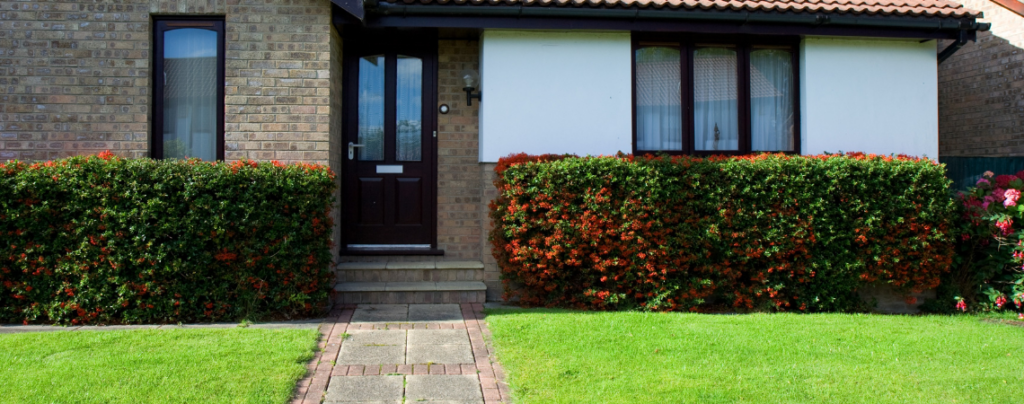
Frequently Asked Questions
Can I Just Put Turf Over Grass?
You can’t just put turf over grass without preparation. Skipping the prep work leads to uneven surfaces, weed growth, and drainage issues. Properly removing grass and roots guarantees a stable base, maximizing turf lifespan and performance.
What Do I Need to Know About Installing Turf?
You need to understand that proper ground preparation is essential for turf installation. Remove existing grass, compact the soil, and apply a solid base layer. This guarantees stability, prevents drainage issues, and extends your turf’s lifespan. Don’t skip it.
Can You Install Turf Without Infill?
You can install turf without infill, but it’s not recommended. Infill provides stability, aids drainage, and maintains the turf’s appearance. Skipping it may lead to a matted look, poor drainage, and increased heat retention.
Can You Put Artificial Turf Directly on Dirt?
You can’t just lay artificial turf directly on dirt. Proper preparation is essential. Without it, you’ll face uneven surfaces, drainage issues, and potential weed growth. Always guarantee a stable base for a durable and aesthetically pleasing turf installation.
Conclusion
Don’t skip the prep if you want your artificial turf to last. Proper ground preparation is essential for a stable and durable lawn. By removing existing grass, installing a weed barrier, and ensuring good drainage, you’ll avoid common pitfalls like uneven surfaces and increased maintenance. Invest in the right tools and materials, and follow expert recommendations to enhance the turf’s longevity. Do it right, and you’ll enjoy a beautiful, low-maintenance lawn for years.
Ready to upgrade your outdoor space with expert-level turf installation? We’re here to help with every step, from prep to perfection.
Paradise Hardscapes – Pavers & Turf – Chandler


